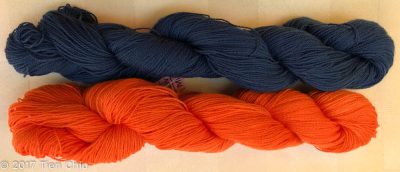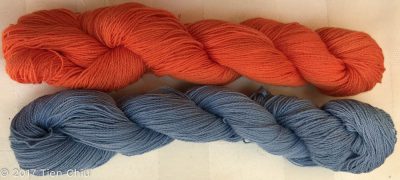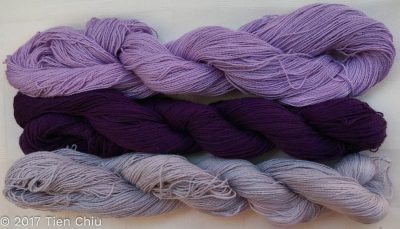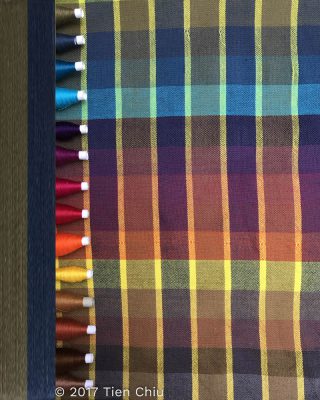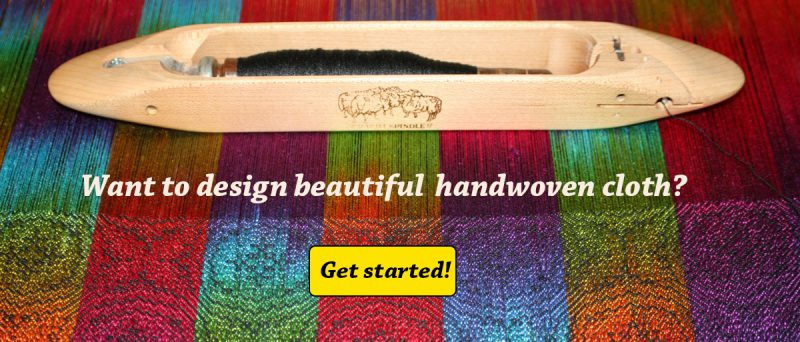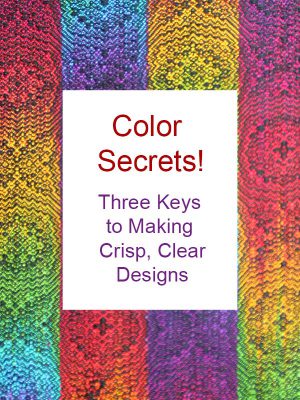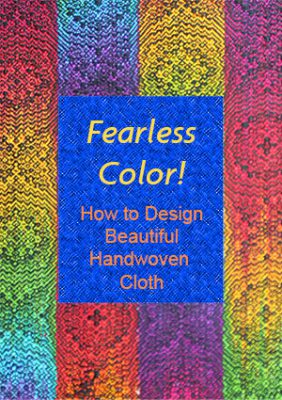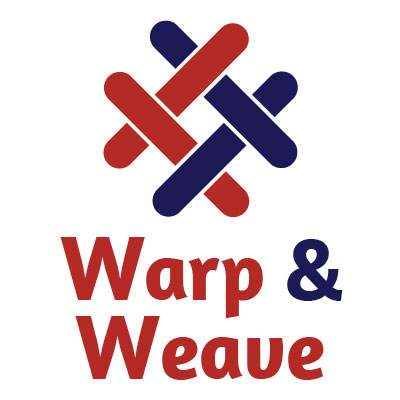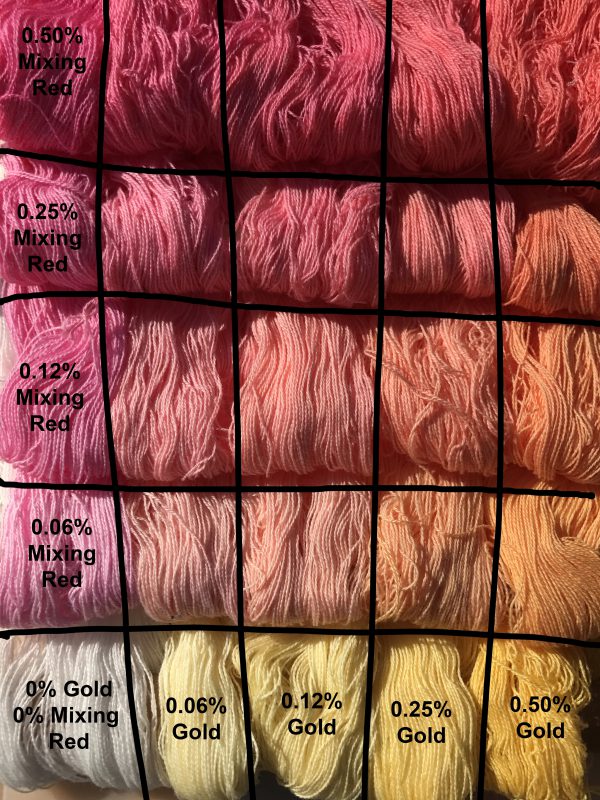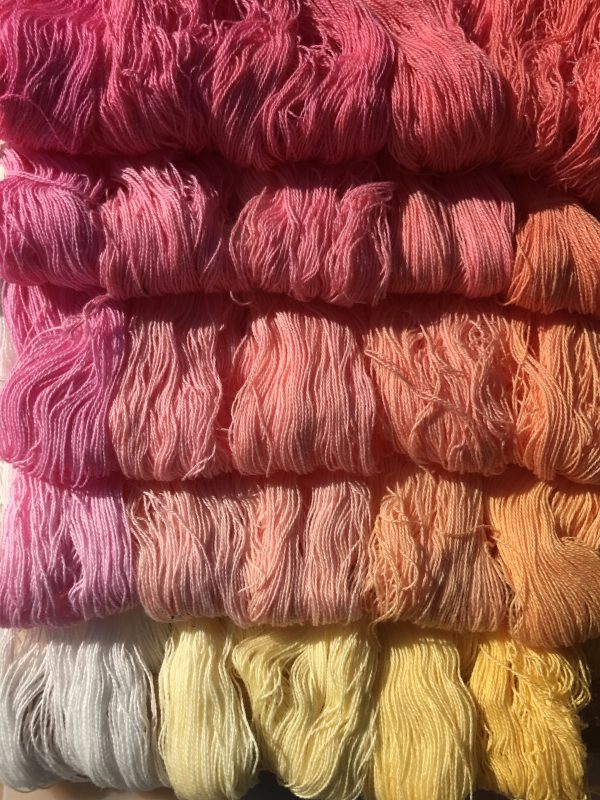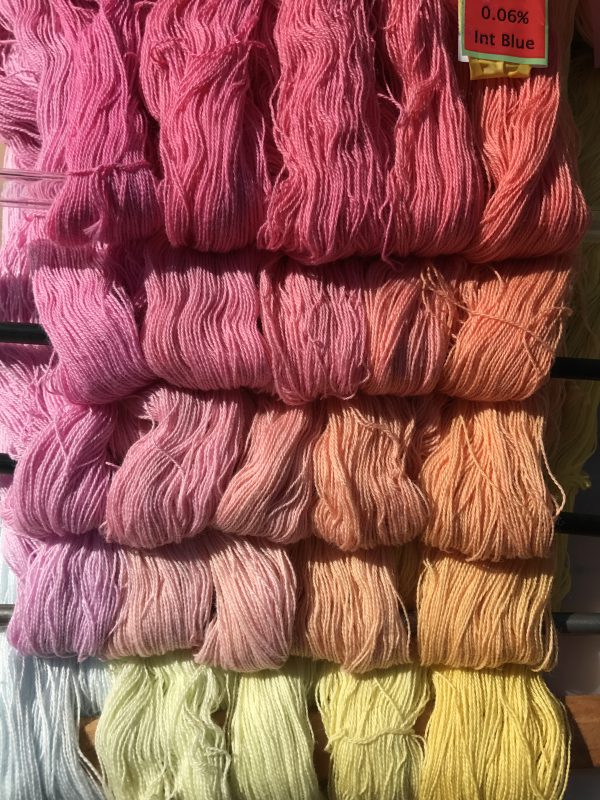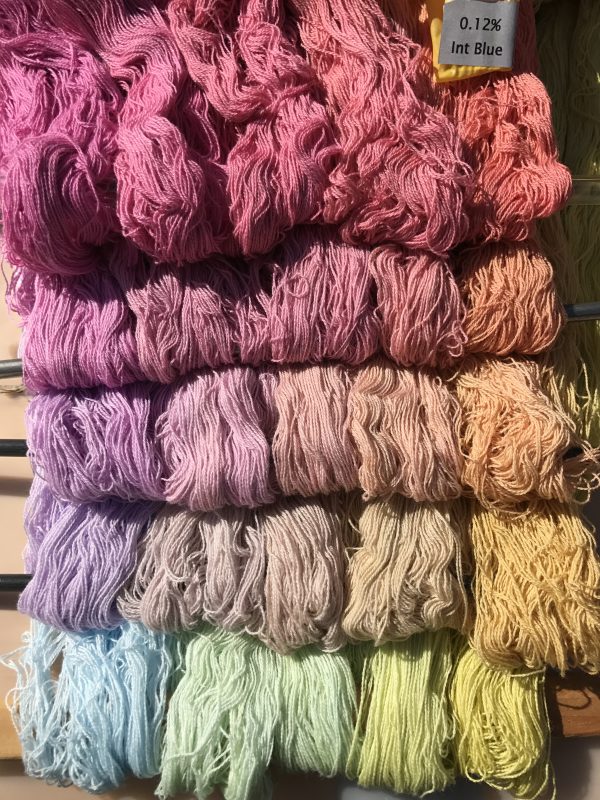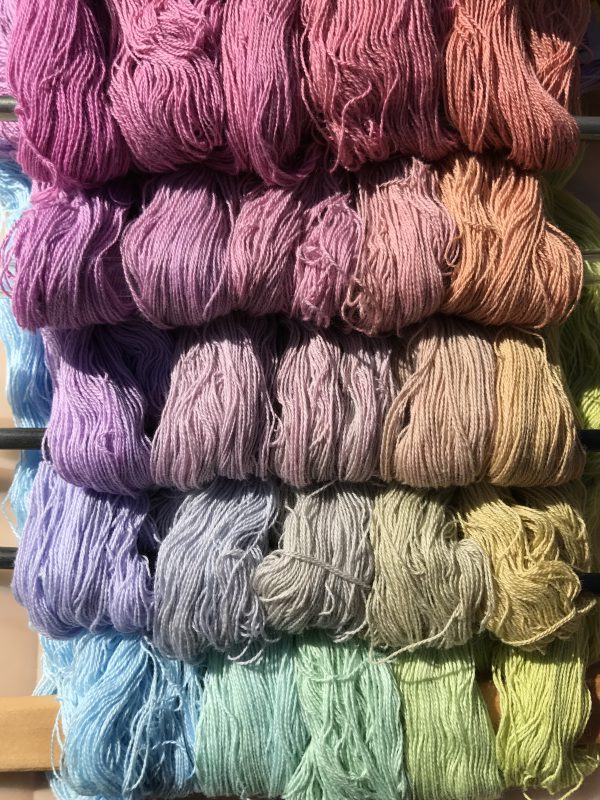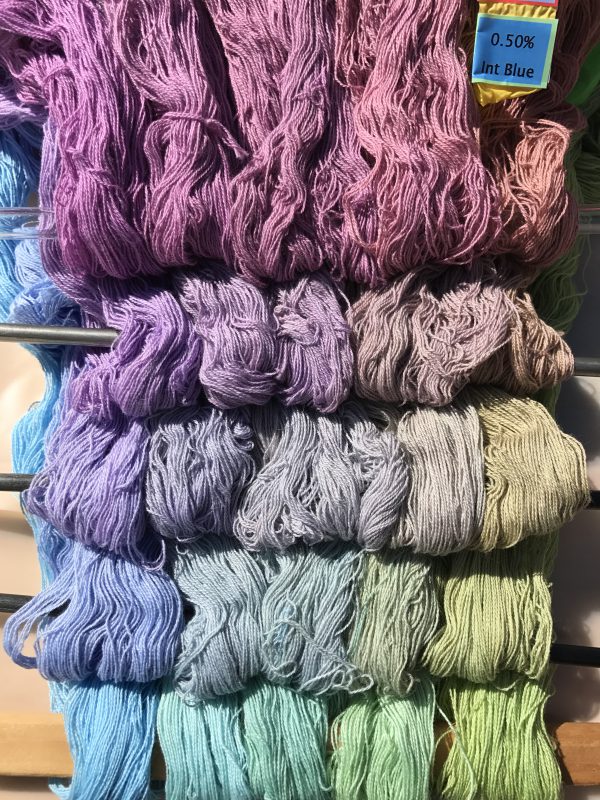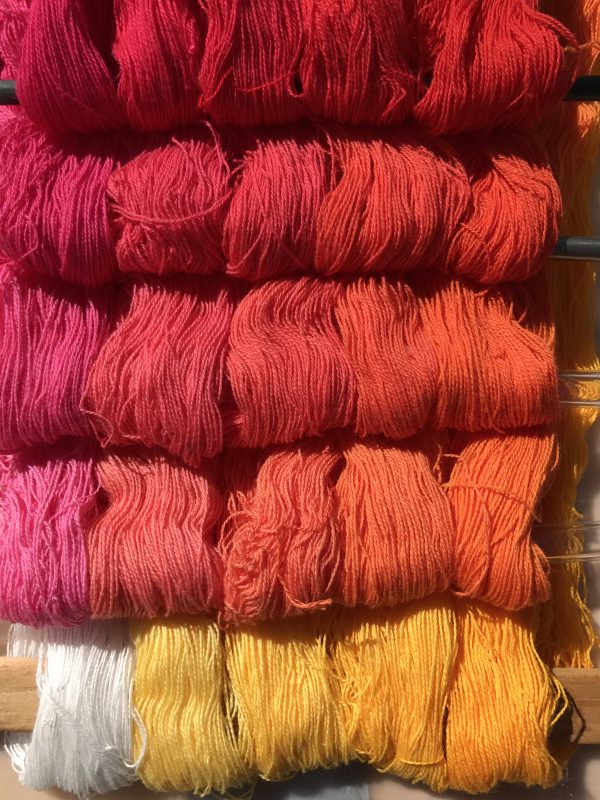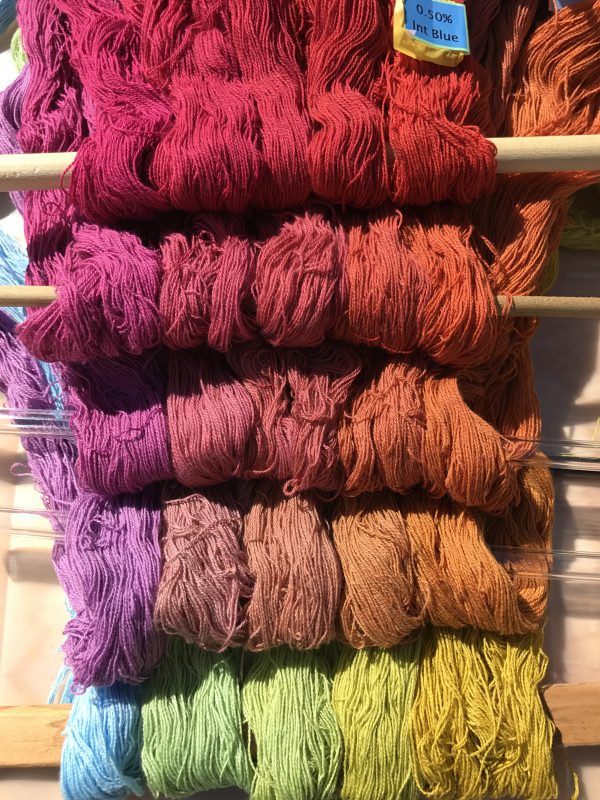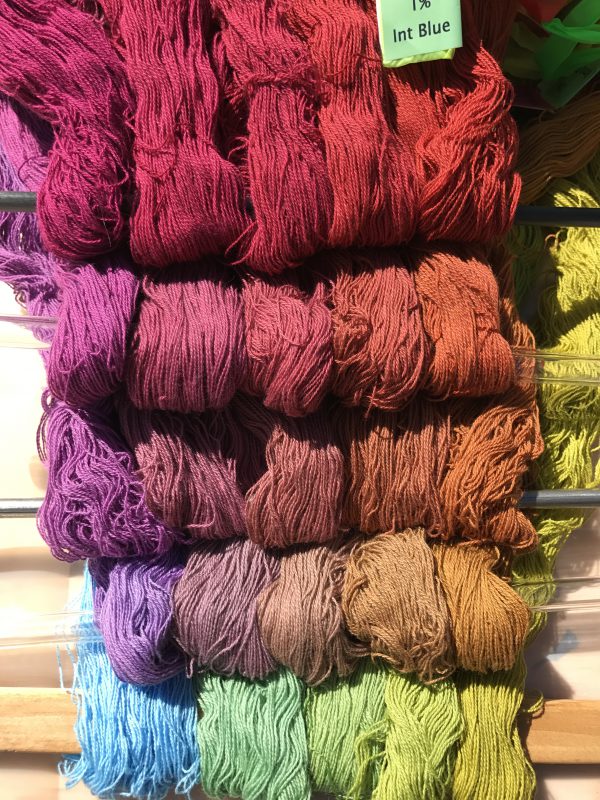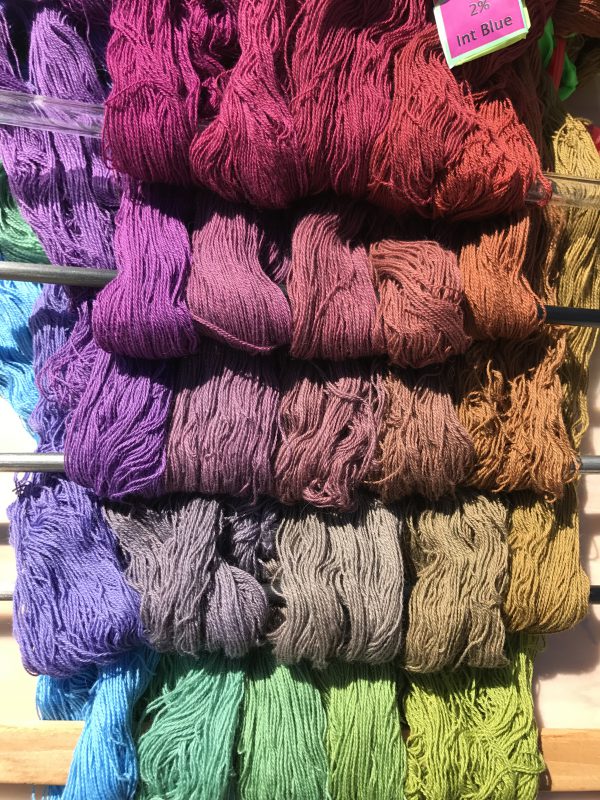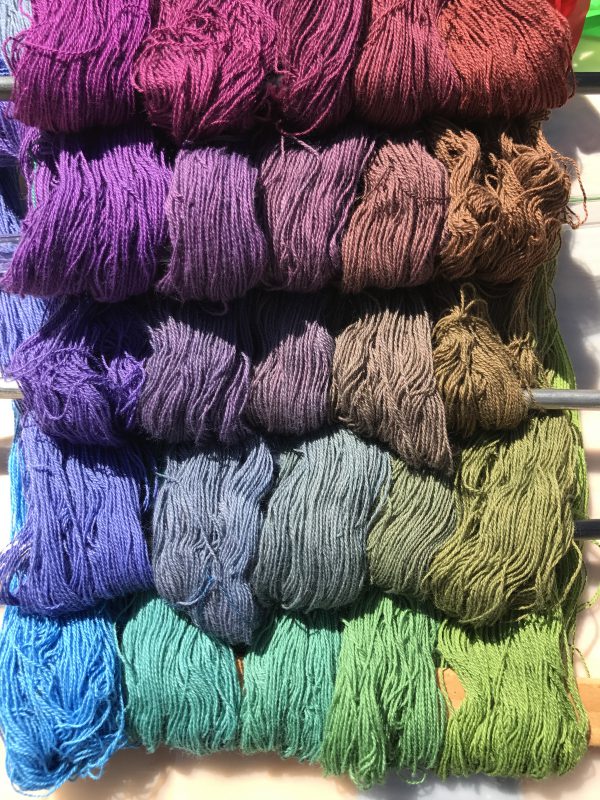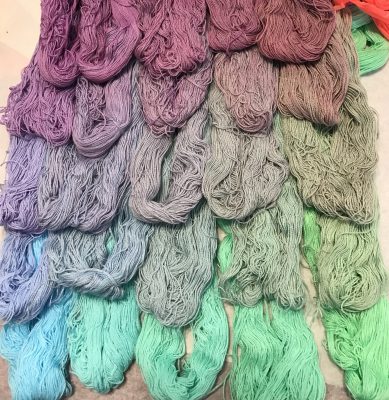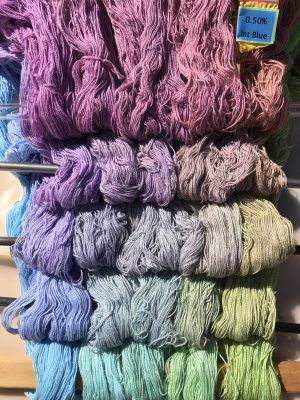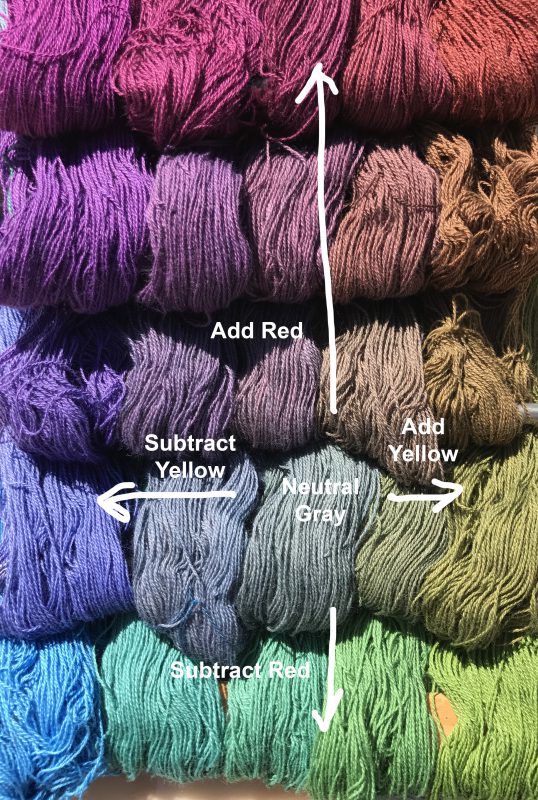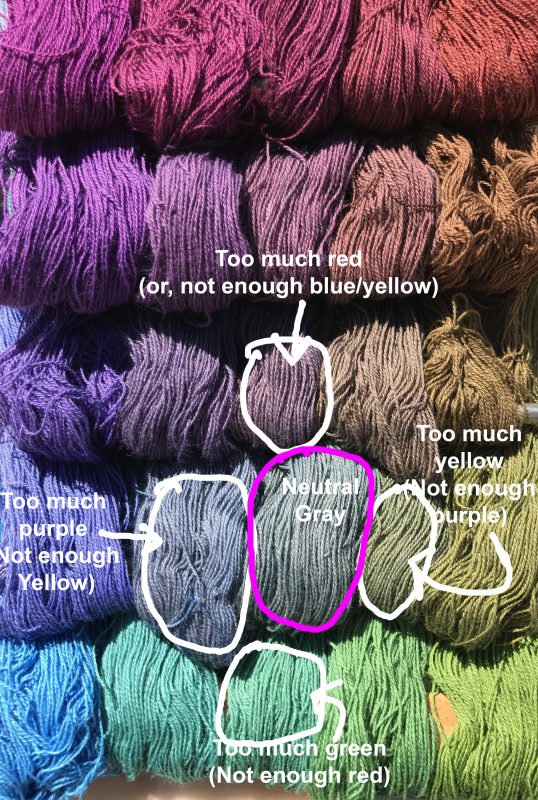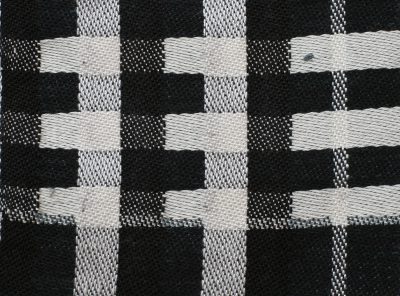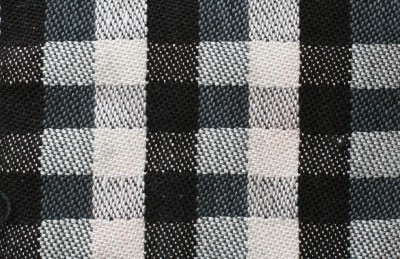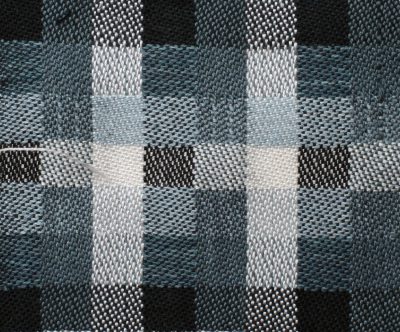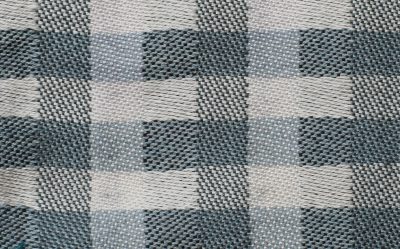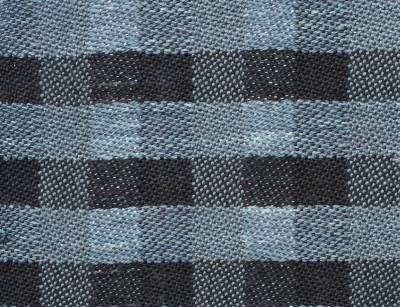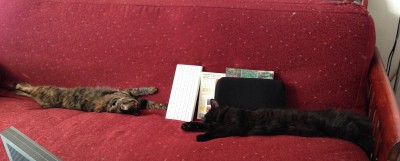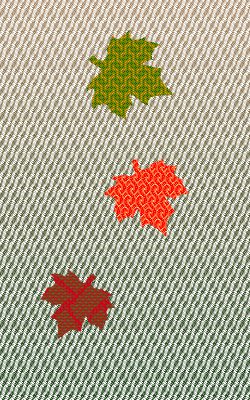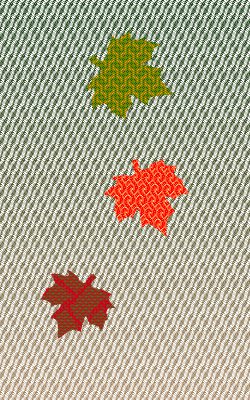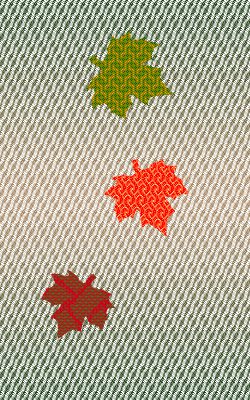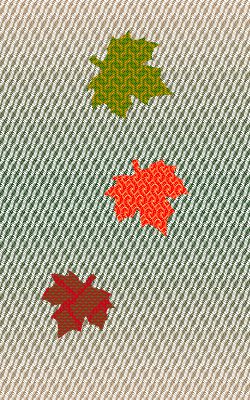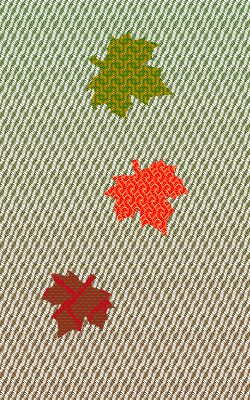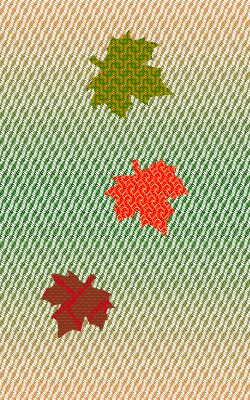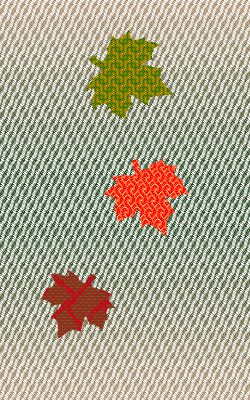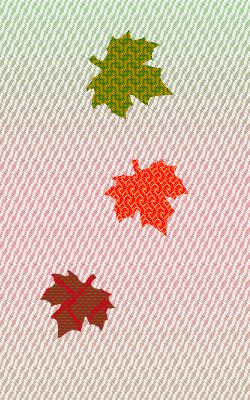I’ve been having a lot of fun the last few weeks doing scientific experiments about art. (Hey, you can take the girl out of science, but you can’t take the science out of the girl! Even as an artist, I still work using the scientific method, because I find it so effective.) These science-of-art experiments have mostly been made for my latest Warp & Weave blog post. The post is about how to work with clashing colors. The secret is pretty simple. Clashing colors jar the eye because they contrast strongly, generally in both hue (color family) and value (lightness/darkness). So the solution is simply to reduce the contrast between them, either by adding a transitional color in between (if you are doing warp or weft stripes), or by using a weft that blends them into more compatible colors. (More details in the blog post.)
This all makes sense, but to come up with the blog post I had to do quite a few scientific experiments. (Which is what made it fun!). I don’t think I had ever thought deeply about what makes two colors clash before, for example, or to define what it means to clash – up until then, I’d relied on an intuitive definition. Like the Supreme Court justice said, “I know it when I see it.” So I pulled out my collection of 500+ skein leftovers from my dyeing project, and started shuffling colors around, looking at which ones clashed (to my eye) and which didn’t. Then I tried to figure out exactly which characteristics/differences between the colors caused them to clash. I finally concluded that clashing colors resulted from a high difference in value (lightness/darkness) plus a difference in hue (color family), and that while saturation (brightness/dullness) could contribute to clashing, the effect wasn’t as profound as the first two. You can see this in these three photos:
Most people would say the first two yarns clash. This is because these two yarns contrast across all three color characteristics – orange and blue are opposites on the color wheel, the navy blue is much darker than the orange, and the orange is much more saturated (brighter) than the blue.
Many people might still say that the next two colors clash, but to a much lesser degree than the first pair. That’s because the blue, while the exact same hue as the navy blue, has been lightened up to be the same value (light/dark) as the orange.
Most people would say that the purples in the last photo, while high-contrast, do not clash. That’s because they have big value and saturation differences, but no difference in hue.
By coming up with various theories, then comparing and contrasting lots of different pairs of colors to test this theory, I eventually arrived at a set of characteristics that defined the color combinations that appear to clash.
After that, of course, I had to formulate some hypotheses about how to create harmonious cloth with clashing colors, and test those hypotheses. So I pulled out three yarns from my stash that appeared to clash, and did some yarn wraps to test my hypotheses:
And then I wove samples with many different wefts to test my theories on what would resolve the clashing and produce a harmonious fabric:
Most of my theories stood the test, but some didn’t. So then I had to discard the old ideas and formulate new theories, then test the new ones. And then weave more samples to illustrate my points. This research, while fun, also ate a couple days. But lots of people have been saying they find it useful, and that’s a good thing. (If this has piqued your interest, check out the full blog post!)
I’m really enjoying my scientific analysis of color – it’s satisfying a deep-rooted need to explore and explain the world. I was raised by two brilliant scientists, so even though my focus is art, I still have a passion for identifying, analyzing, and then explaining the solution to whatever puzzles I encounter. It’s not as obviously science as technical experiments in neurobiology, but the concept and process are the same. It’s the science of art, and it’s endlessly fascinating.
I’ve also been working on an article for an upcoming issue of Handwoven, which will be the “Inspiration” issue. I can’t say much about the article, of course, but here’s a teaser:
I’m currently creating/weaving everything else I need for the article, and it’s coming out beautifully.
Finally, I have one more EXCELLENT piece of news: my wedding dress is going to the Henry Ford Museum in Dearborn, Michigan! This is a huge relief – the dress has been in limbo ever since the American Textile History Museum closed, and I was really worried about its fate. But it looks like it is safe now. I can’t tell you how happy that makes me!
